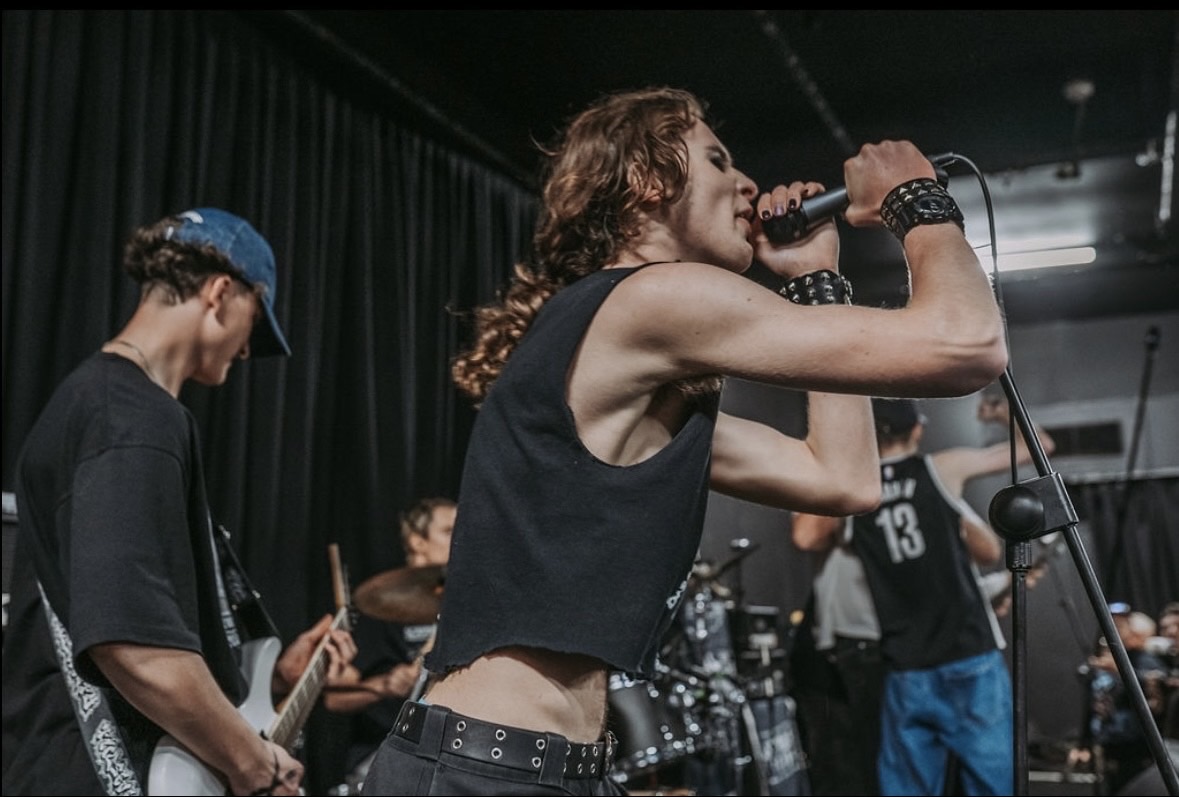As Halloween rapidly approaches, Australian scaresters have great reason to celebrate. 2023 has delivered a new level of interest in Australian horror, with surprise smash Talk to Me marking the biggest hit influential independent film studio A24 has ever had in the genre.
But before we pop the champagne and mark the success of this new golden age of Australian horror film, we must answer a deceptively complicated question. What makes a horror film distinctly Australian?
Australian horror films, despite the relative lack of resources, have consistently managed to make a splash in the international mainstream. In 2014 Jennifer Kent simultaneously terrified audiences and wowed critics with The Babadook. Another nine years back, American moviegoers were left so stunned by the sadistic violence of Wolf Creek that they panned the film.
The tricky thing is finding the common ground between these, or any other Australian horror productions, in order to define a distinctly ‘Australian’ identity. That’s why we contacted some deeply passionate voices in WA film, to help us decode what makes our local horror a distinct entity, in a medium dominated by American sensibilities.
Writer, broadcaster and film critic Simon Miraudo shared our struggle with defining the term but then offered what he called “two unique ‘flavours’ that have historically made locally-produced horror so distinctive.”
First, is the “grit and grime” of Australia’s ’70s and ’80s low-budget genre pictures (a movement affectionately titled Ozploitation). At the time, this feature was born of financial necessity, both from the low budgets and the “hungry audiences”. Second, is the confrontation with Australia’s “already terrifying natural habitat.”
Miraudo believed, even as the budgets get bigger and the pictures less gritty, the best modern entries in the genre still tap into these elements, pointing to 2008’s Lake Mungo, and its distinctively grainy found-footage mockumentary style, as a prime example.

The one thing we know for sure, it’s nasty! Photo: The Housemate dir. Peter Renzullo
Filmmaker and music producer Peter Renzullo, whose first feature-length horror movie The Housemate debuted this month, said Australian horror is better defined by what it isn’t. “Australian horror tends to show a trend of diverging from the norm: Case and point, the Saw franchise.”
Though the franchise has always had US funding, the original Saw comes from Australian director James Wan and as Renzullo said “This kind of psychological horror film just wasn’t being produced at the time. It was low budget, simple effects, but at its core a very strong, confronting yet simple, concept.”
The concept may seem cliché now, especially as the franchise has just recently reached a truly ridiculous tenth entry. But at the time, its sophisticated death traps and stylised writing were perfect demonstrations of Australian horror “Going against the grain.”
Aaron Beardsell, author of Coffinwood and Dead Station agrees with Miraudo about the land itself being a defining figure. He said, “Australian horror evokes a distinct fear of emptiness and isolation, driven by the vast expanses of nothingness that make up our landscape.”
Expanding on that note, Vanessa Gudgeon of Perth Horror Fans believes it’s the “deep history of true crime and generational trauma” giving Australian film its unique perspective.
But what ties this all together as one cohesive movement? Film critic Andrew Peirce put it best.
Peirce is confident we are amid a sea change in Australian horror, bringing back “suburbia or regular Australia.” He cited Talk to Me as an excellent example of this, rejecting the isolating elements of classic Australian horror, instead creating fear in a distinctly modern social setting.
But what remains as a constant, is an undefinable quality of wrongness in Australian productions. 2020’s The Invisible Man constructs a classically anxious home-invasion thriller with the trappings of modern horror. While shot in Australia it “happens to be set elsewhere.” Yet, “Australians know by looking at the streets and looking at the type of trees… that it’s Australia, and it feels just not right.”
And perhaps that’s the missing link. In a cultural landscape so dominated by other countries’ media, Australian horror’s “off-kilter” nature makes it distinct. Whether this derives from low budgets, odd locals, or intentional stylisation, it gives Australian horror an uncanny valley all its own.
















